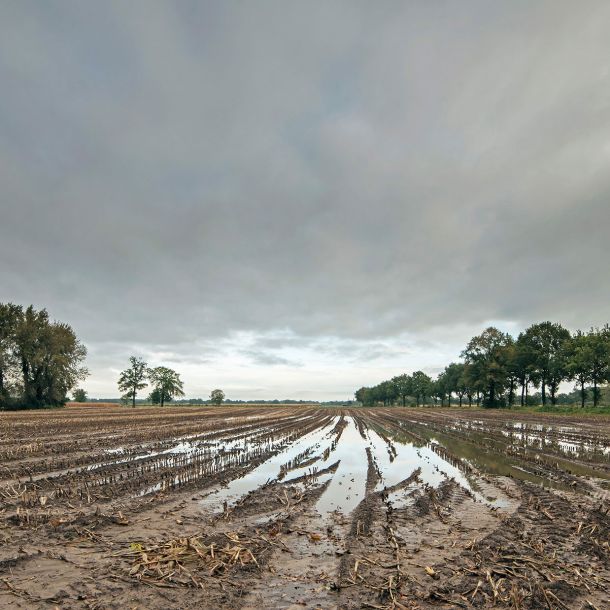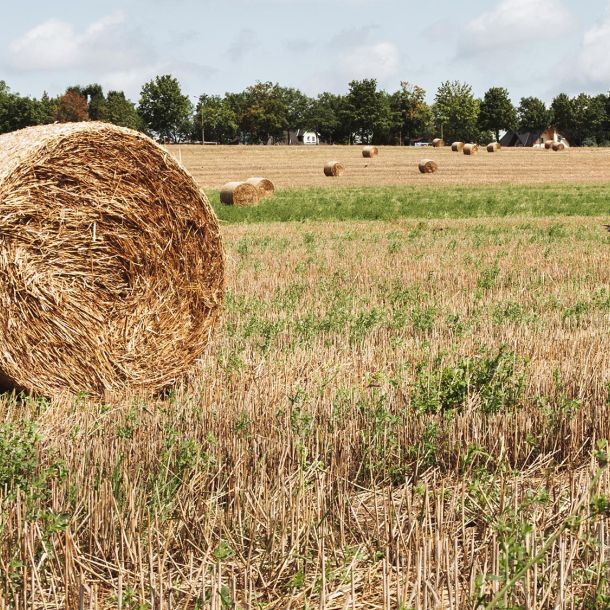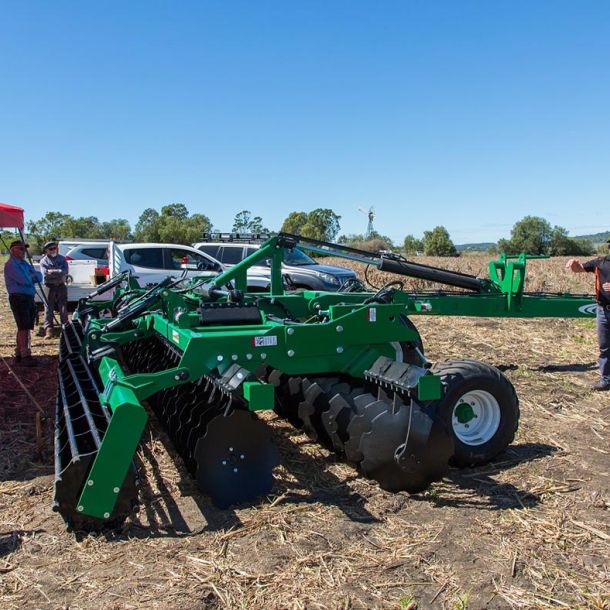Digging Deep: Post-Harvest Residue Management vs Harvester Management
Harvesting of the nation’s winter crops is drawing to a close and what a phenomenal season it has been for the vast majority of growers in NSW, Victoria, South Australia and Western Australia – for those in the eastern states it’s in stark contrast to the past few years.
While record crop yields are being celebrated across many regions, such a bumper harvest presents its challenges though with such dense and bulky crops prompting questions around management of the dense stubbles in next year’s crop paddocks. Would post-harvest tillage have been the better management option this season? Did the use of our header to mulch our heavy stubbles slow us down and create greater timing pressure?
There’s no doubt more farmers are turning to post-harvest tillage, enjoying the benefits of better soil quality and water storage capacity, and when it comes to getting the job done K-Line Ag’s Speedtiller Powerflex® is proving a popular choice.
So, what does it do?
The Speedtiller ® is a high-performing, dual-purpose disc-tilling machine, that saves time and money with efficient seedbed preparation, effective weed control and excellent stubble incorporation, all in the one operation. With the Speedtiller Powerflex ® , K-Line has raised the bar again, with the unique ability to vary disc and roller pressure on the go, an increased digging capacity and superior performance in soft, wet or sandy soils.
How can it benefit me?
Using a header for harvest residue management comes with numerous issues: loss of harvester capacity by as much as 50% and up to a 6% increase in yield loss during harvest; increased wear and tear on an expensive piece of machinery; uneven residue spread; a high amount of ground cover increasing frost risk the following year; potential for increased pest activity; weed control challenges; and a higher fire risk.
In contrast, tillage lifts soil for less compaction resulting in an improvement in soil quality, a reduction in erosion and potentially higher yields. Multiple functions can be performed in the one operation, there’s increased microbial activity due to soil/stubble contact, harvest yield loss is minimised, frost risk is reduced, and pest control is greater.
The Speedtiller Powerflex ® offers superior performance in all soil types and conditions, and is particularly suited to heavy trash incorporation. So, whether tillage practices are already part of your operation, or you’re thinking about incorporating it into your cropping schedule, what’s the best choice of machinery for maximising tillage benefits and boosting your business bottom line?






